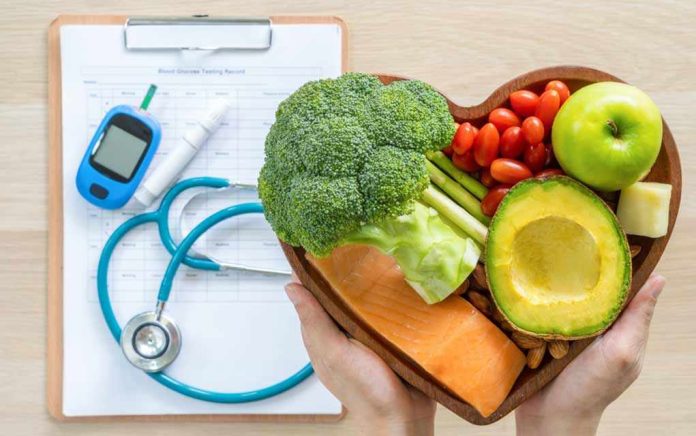November is National Diabetes Month. The U.S. Food and Drug Administration (FDA) reminds people with diabetes (and those preparing food for them) about the importance of safe food handling in preventing foodborne illness.
Practicing food safety is critical because diabetes can affect the function of various organs and systems of the body, making those living with this disease more susceptible to infections and pathogens that cause foodborne illness (often called “food poisoning”). When persons with diabetes contract a foodborne illness, they are more likely to have a lengthier illness, undergo hospitalization, or even die. This increased risk is why food choices and safe food handling are critical in managing this chronic disease.
Make Wise Food Choices
Some foods are more risky for people with diabetes because they are more likely to contain harmful bacteria or viruses. In general, these foods fall into two categories:
- Uncooked fresh fruits and vegetables.
- Some animal products, such as unpasteurized (raw) milk; soft cheeses made with raw milk; raw or undercooked eggs, meat, poultry, fish and shellfish; luncheon meats; improperly reheated hot dogs; and salads prepared in a store or food establishment containing animal products such as seafood, ham, or chicken.
Follow the Four Steps to Food Safety
Anyone who is diabetic or who prepares food for people with diabetes should also carefully follow these steps:
- CLEAN: Wash hands and surfaces often. Bacteria can be spread throughout the kitchen and get onto hands, cutting boards, utensils, counter tops, and food.
- SEPARATE: Keep raw meat, poultry, eggs, and seafood and their juices away from ready-to-eat foods.
- COOK to the right temperatures. Use a food thermometer to ensure meat, poultry, seafood, and egg products are cooked to a safe minimum internal temperature to destroy any harmful bacteria.
- CHILL foods promptly. Cold temperatures slow the growth of harmful bacteria. Use an appliance thermometer to be sure the refrigerator temperature is 40 degrees F or below and the freezer temperature is 0 degrees F or below.
Know the Symptoms
Consuming dangerous foodborne bacteria will usually cause illness within 1 to 3 days. However, sickness can also occur within 20 minutes or up to 6 weeks later. Symptoms of foodborne illness include: vomiting, diarrhea, abdominal pain, and flu-like symptoms (such as fever, headache, and body ache).
Take Action
If you think that you or a family member has a foodborne illness, contact your healthcare provider immediately.
Read the full report here.
As published by Foodsafety.gov on HealthyExaminer.com












